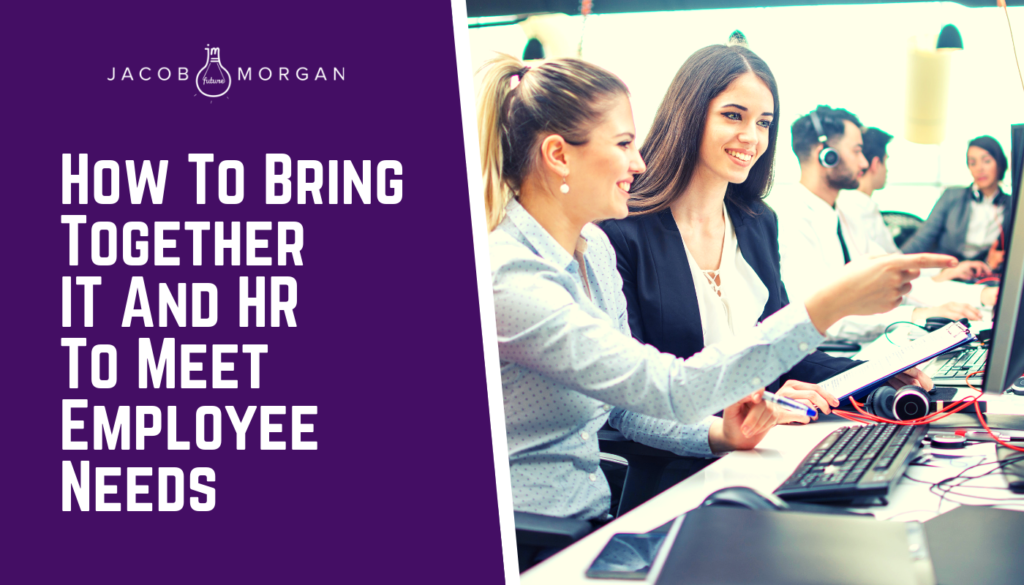
Imagine walking into a car dealership and telling one of the sales representatives that you’re looking for a car. When he or she asks what you are looking for, you say that it needs to be able to fit five people, have great horsepower and torque, be painted blue, and have all the new modern features of today’s car. The dealer says they have something for you and then proceeds to wheel out a Frankenstein-like monstrosity that has five seats all on the left side of the car, a massive engine on the right side of the car, a steering wheel that’s attached to the roof, and splotchy blue paint. And they expect you to buy it! When you voice your displeasure, the dealer says the car has everything you wanted. Technically, it does meet the bill, but it is not at all what you wanted or had in mind.
Create Amazing Employee Experiences In Your Organization
Get started on our FREE training series!
Get Started →
That’s the difference between focusing on the needs of the employees versus the requirements of the business. Most IT departments simply go through a checklist of items instead of understanding how and why employees work. The problem with this, as outlined in the Frankencar example above, is that the way employees work rarely aligns with the technical checklist of the organization. However, it is possible to combine the needs of employees and the requirements of the organization with a little collaboration.
Typically the IT and HR functions inside of organizations don’t work together that closely. When it comes to designing employee experiences, this creates an amazing opportunity for these two roles to partner. IT needs to be more flexible and open to understanding the needs of the employees, but at the same time HR also needs to be aware of any potential issues that might surround any new technology deployment. I look at these two functions as chefs who are working together to create an amazing dish.
This creates a unique opportunity for business leaders in HR-related roles to partner and work with those in IT-related roles. Bring IT and HR together and start having the conversation about how the two departments can collaborate. You might even start with IT including HR in some technology discussion and having HR include IT in some of the people-centric discussion. Bringing these organizations together helps organizations listen to their employees and shows a commitment to enabling employees to do their best work.
Don’t give your employees Frankencars—listen to their needs and find the best comprehensive solution instead of just going down the checklist.
Get my free training series to create powerful Employee Experiences in your organization.
Comments